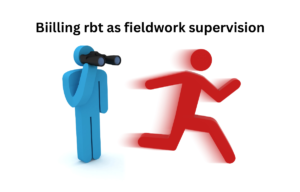When purchasing a home, closing costs is crucial to avoid surprises and ensure a smooth transaction. Closing costs are the fees and expenses you pay when you finalize the purchase of your home. These costs range from 2% to 5% of the loan amount and cover a variety of services necessary to complete the transaction. Knowing what to expect and how to manage these costs can help you plan better and potentially save money.
- Real estate transaction fees
- home buying expenses
- mortgage closing costs
- property purchase fees
- real estate closing fees
What Are Closing Costs in Real Estate Transactions?
Closing costs are the various fees and expenses that buyers and sellers incur during the final stages of a real estate transaction. These costs cover a wide range of services required to close the deal and transfer ownership of the property. Common closing costs include fees for loan origination, appraisal, title insurance, escrow services, and legal representation. Understanding these costs is essential for both buyers and sellers to avoid unexpected financial burdens at closing.
A real estate transaction, closing costs can amount to 2% to 5% of the homes purchase price. These fees are itemized in the closing disclosure statement provided by the lender, which ensures transparency and helps buyers understand where their money is going. Knowing what to expect in terms of closing costs can help buyers budget appropriately and potentially negotiate some of these fees with their lender or the seller.
Who Pays for Closing Costs: Buyers or Sellers?
In real estate transactions, both buyers and sellers share the responsibility for paying closing costs, but the specific allocation can vary based on the terms of the sale and local customs, buyers are responsible for the majority of closing costs, including loan-related fees, appraisal fees, and homeowners insurance. Sellers, on the other hand, often cover costs related to transferring ownership, such as real estate agent commissions and title insurance.
Negotiations can play a significant role in determining who pays for certain closing costs. For instance, buyers can negotiate with sellers to cover part of their closing costs as a seller concession. This is particularly common in buyers markets, where sellers may be more willing to offer concessions to close the deal. Understanding the typical distribution of closing costs in your area and negotiating effectively can lead to substantial savings during the closing process.
What Types of Fees Are Included in Closing Costs?
Closing costs encompass a wide range of fees that cover various services needed to finalize a real estate transaction. Some of the most common fees include:
- Loan Origination Fees: These are charged by the lender for processing the mortgage application and creating the loan. They can range from 0.5% to 1% of the loan amount.
- Appraisal Fees: Paid to a professional appraiser who determines the market value of the property, ensuring it matches the loan amount. Appraisal fees range from $300 to $500.
- Title Insurance: This fee protects the buyer and lender against any legal issues related to the properties ownership. Title insurance costs can vary but generally range from $500 to $1,000.
- Escrow Fees: These are paid to the escrow company or attorney who handles the closing process, ensuring all documents are correctly filed and funds are properly distributed. Escrow fees usually range from $300 to $700.
fees can include home inspection fees, survey fees, property taxes, and homeowners insurance. Each of these costs is essential to ensure that the transaction is legally sound and that the buyer can confidently take ownership of the property. By understanding and anticipating these fees, buyers and sellers can better prepare for the financial aspects of closing a real estate transaction.
closing costs, who is responsible for them, and the types of fees involved. This information is essential for anyone involved in a real estate transaction, helping to demystify the process and ensure a smoother closing experience.
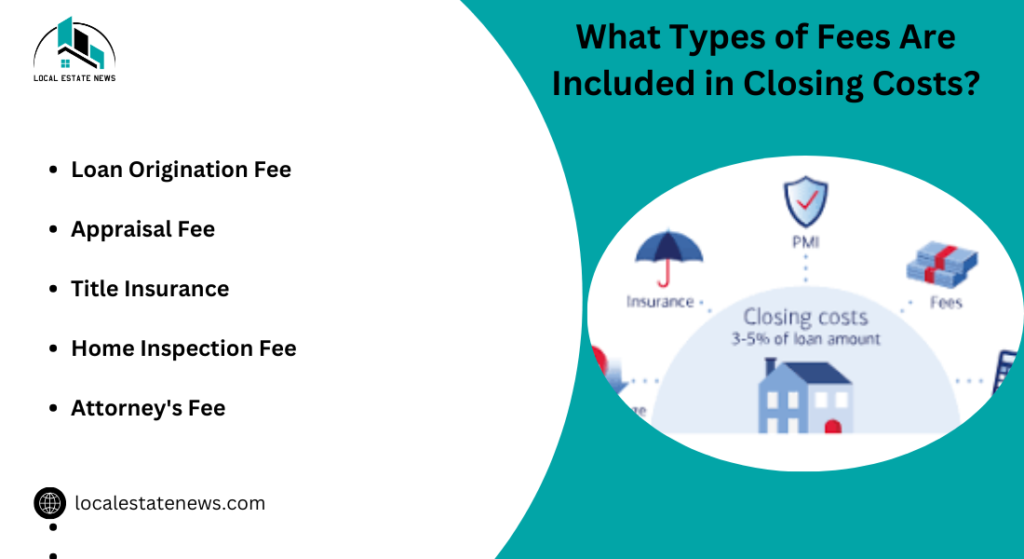
What Are Seller Concessions and How Do They Impact Closing Costs?
Seller concessions occur when a seller agrees to cover some of the closing costs that the buyer would normally be responsible for. These concessions are negotiated during the offer process and can be used to cover a variety of fees, such as appraisal costs, inspection fees, and title insurance. The primary goal of seller concessions is to make the purchase more affordable for the buyer, which can be particularly beneficial in markets where buyers have limited cash reserves for closing costs.
Advantages of seller concessions for buyers is the reduction in the amount of cash needed upfront. This can make it easier for buyers to manage their finances and move forward with the purchase. For sellers, offering concessions can make their property more attractive, especially in a competitive market or when the property has been on the market for a while. It is important to note that there are limits to how much sellers can contribute, which vary depending on the type of loan. For example, conventional loans may allow seller concessions up to 9% of the purchase price if the buyer makes a down payment of more than 25%.
How Can Buyers Negotiate Lower Closing Costs?
Negotiating lower closing costs can save buyers a significant amount of money. One effective strategy is to request seller concessions, where the seller agrees to cover certain closing expenses. Buyers should work closely with their real estate agent to understand the current market conditions and the sellers situation, as this can influence the likelihood of successfully negotiating concessions. In a buyers market, where there are more homes for sale than buyers, sellers may be more willing to offer concessions to close the deal.
Tactic is to shop around for lenders and compare their fees. Some lenders may offer discounts or waive certain fees to attract business, buyers can ask their lender for a detailed breakdown of all closing costs and inquire about any fees that may be negotiable. It is also beneficial to ask about lender credits, where the lender covers some of the closing costs in exchange for a slightly higher interest rate.
What Are the Differences in Closing Costs for Various Loan Types?
Closing costs can vary significantly depending on the type of loan. For conventional loans, the amount of seller concessions allowed is based on the down payment amount. If a buyer puts down less than 10%, the seller can contribute up to 3% of the purchase price toward closing costs. This percentage increases with larger down payments, up to 9% for down payments greater than 25%.
For government-backed loans like FHA, VA, and USDA loans, the rules are slightly different. FHA loans allow seller concessions up to 6% of the homes sale price, regardless of the down payment amount. VA loans have a lower cap, with seller concessions limited to 4%, but these can be used to cover a wide range of costs, including the VA funding fee. USDA loans also allow up to 6% in seller concessions, which can be very beneficial for buyers in rural areas.
Differences can help buyers choose the loan that best suits their financial situation and negotiate more effectively during the home buying process. By leveraging seller concessions and other strategies, buyers can significantly reduce their out-of-pocket expenses at closing.
How Can Buyers Estimate Their Closing Costs?
Closing costs is a step for homebuyers to ensure they are financially prepared for their real estate transaction. Closing costs generally range from 2% to 5% of the homes purchase price and can include a variety of fees such as loan origination, appraisal, title insurance, and escrow fees. To get a more precise estimate, buyers can use online closing cost calculators, which consider the purchase price, loan amount, and location of the property.
Reliable method to estimate closing costs is to request a Loan Estimate from potential lenders. This document provides a detailed breakdown of all anticipated closing costs, helping buyers understand exactly what they will owe, working with a real estate agent can provide valuable insights into typical costs in your specific market, ensuring you have a comprehensive understanding of all potential expenses.
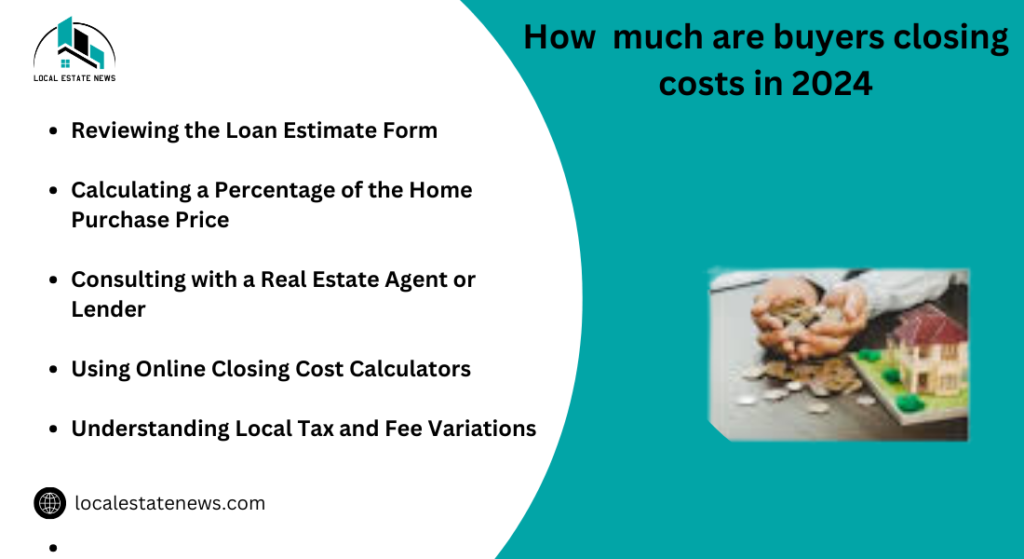
What Tools and Calculators Are Available for Estimating Closing Costs?
Several online tools and calculators that can help buyers estimate their closing costs. Websites like NerdWallet, Fannie Mae, and Rocket Mortgage offer user-friendly calculators that provide estimates based on the inputted home price, loan amount, and location. These tools break down costs into categories such as lender fees, third-party fees, and prepaid items, offering a clear picture of what to expect financially.
Calculators, buyers can enter specific details about their potential home purchase to get an estimate of the total closing costs. This helps in budgeting and ensures that buyers are not caught off guard by unexpected expenses. It is also advisable to compare estimates from multiple sources and consult with a lender or real estate agent to validate these estimates and get personalized advice.
What Are the Legal Requirements for Disclosing Closing Costs?
Federal law mandates that lenders provide a Loan Estimate to borrowers within three business days of receiving a mortgage application. This document must include a detailed breakdown of all anticipated closing costs, including loan origination fees, title insurance, and any applicable taxes. The Loan Estimate ensures transparency and allows buyers to compare costs between different lenders.
Three days before closing, buyers will receive a Closing Disclosure, which outlines the final closing costs and the terms of the loan. This period allows buyers to review and confirm that all costs align with the initial Loan Estimate and to address any discrepancies with the lender. Ensuring that these documents are reviewed thoroughly helps buyers avoid surprises and ensures a smoother closing process.
How buyers can estimate their closing costs, the tools available for making these estimates, and the legal requirements for disclosing these costs. By leveraging these resources, buyers can navigate the closing process with confidence and financial clarity.
How Do Closing Costs Vary by State and Region?
Closing costs in the United States can vary significantly depending on the state and region. Factors contributing to these variations include state and local taxes, the cost of services such as appraisals and title searches, and overall real estate market conditions. For instance, states like Delaware, New York, and Maryland tend to have some of the highest closing costs due to higher taxes and service fees. In contrast, states like Missouri, Indiana, and Kentucky have lower closing costs.
For example, the average closing costs in Delaware can be as high as $17,859, while in Missouri, the average is significantly lower at approximately $2,061. This disparity is influenced by state-specific tax laws and the cost of living in these regions. Certain states impose real estate transfer taxes, which can substantially increase the total closing costs.
Regional differences are crucial for buyers and sellers. Buyers should research and budget for these costs accordingly, and sellers should be aware of how these costs might affect the marketability of their property. Consulting with local real estate agents and lenders can provide more accurate estimates and insights into specific regional costs.
What Are Common Hidden Fees in Closing Costs?
Hidden fees in closing costs can catch buyers off guard if they are not prepared. Some of the common hidden fees include administrative fees, which cover the lenders overhead costs for processing the loan. These can add a significant amount to the total closing costs, courier fees for transporting documents, notary fees for legal document verification, and various recording fees for updating public records are often overlooked by buyers.
Cost is the fee for the lenders title insurance policy, which protects the lender in case there are any disputes over the properties title. While buyers often anticipate paying for their own title insurance, the lenders policy can be an unexpected expense. Pest inspection fees, which might be required in certain areas, and home warranty fees, which provide coverage for repairs and replacements of home systems and appliances, can also add to the closing costs unexpectedly.
To avoid surprises, buyers should review their Loan Estimate and Closing Disclosure documents carefully. These documents, provided by the lender, detail all expected costs and fees associated with the transaction. Buyers can also ask their lender for a detailed explanation.
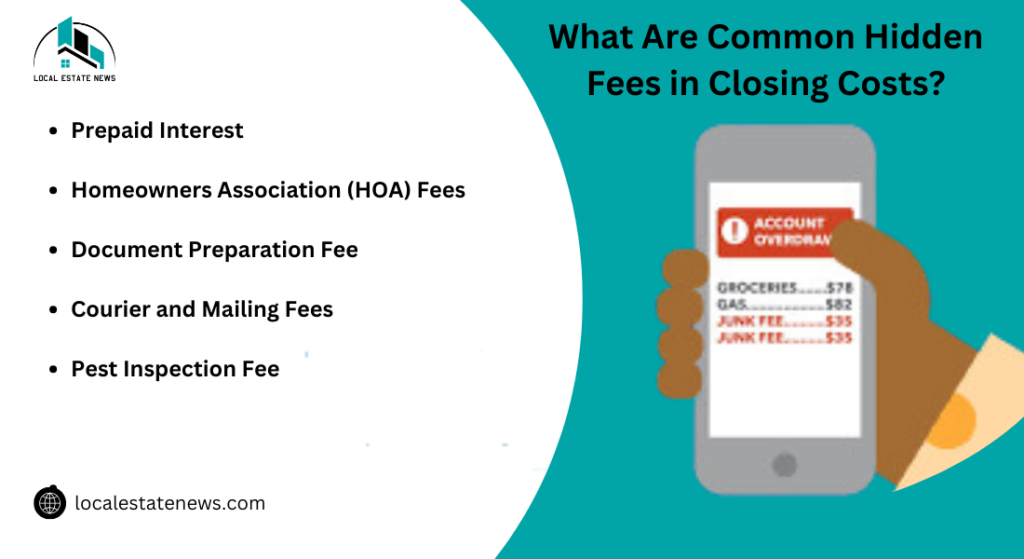
How Does the Closing Disclosure Statement Help Buyers Understand Costs?
The Closing Disclosure statement is a document that helps buyers understand the final closing costs and the terms of their mortgage loan. This document, which must be provided by the lender at least three days before closing, includes a detailed breakdown of all fees and charges associated with the loan. It mirrors the initial Loan Estimate provided at the start of the application process but with final figures.
Main benefits of the Closing Disclosure is that it allows buyers to compare the estimated costs with the actual costs, providing transparency and an opportunity to address any discrepancies before the closing date. It includes sections on loan terms, projected payments, closing costs, and the cash needed to close. This thorough breakdown helps buyers ensure that there are no unexpected fees and that they are fully prepared for the financial obligations of their new home.
Reviewing the Closing Disclosure carefully is essential. Buyers should verify that all terms match what was previously agreed upon and ask questions about any fees that seem unclear or unexpected. This final review process is crucial for avoiding any last-minute surprises and ensuring a smooth closing. How closing costs vary by region, the common hidden fees buyers should watch out for, and the importance of the Closing Disclosure statement in ensuring transparency and accuracy in the closing process.
How Can Buyers Prepare Financially for Closing Costs?
Financial preparation for closing costs is essential for homebuyers to avoid last-minute surprises and ensure a smooth closing process. One effective strategy is to start saving early specifically for closing costs. Since these costs can range from 2% to 6% of the loan amount, it is crucial to have a clear savings goal. Buyers can use tools like closing cost calculators available on websites to get an estimate based on their home price, loan amount, and location. This helps in setting a realistic savings target.
Important step is to request a Loan Estimate from potential lenders early in the mortgage application process. The Loan Estimate provides a detailed breakdown of all anticipated closing costs, helping buyers understand where their money will go and allowing them to plan accordingly, buyers should review their Closing Disclosure, provided three days before closing, to ensure all costs are as expected and to address any discrepancies with their lender.
What Are the Best Practices for Reviewing Closing Costs Before Closing?
Reviewing closing costs thoroughly before closing is crucial for avoiding unexpected expenses. Buyers should start by carefully examining the Loan Estimate provided by their lender within three days of the mortgage application. This document outlines all the expected costs associated with the loan, including lender fees, third-party fees, and prepaid items. Comparing Loan Estimates from multiple lenders can also help buyers negotiate better terms and lower fees
Leading up to the closing, buyers will receive a Closing Disclosure. This document details the final loan terms and closing costs. Buyers should compare this with their Loan Estimate to ensure there are no significant changes. Any discrepancies should be immediately discussed with the lender. It is also beneficial to seek clarification on any fees that are unclear or unexpected. Consulting with a real estate agent or a financial advisor can provide additional insights and help ensure all costs are accurately accounted.
How Do Closing Costs Impact the Overall Cost of Buying a Home?
Closing costs significantly impact the overall cost of buying a home, as they are additional expenses that buyers must cover beyond the purchase price and down payment. These costs include fees for loan origination, appraisal, title insurance, and escrow services, which can collectively add up to thousands of dollars. For instance, on a $300,000 home, closing costs can range from $6,000 to $18,000, which must be factored into the total budget for purchasing a home. House inspection tips
The impact of these costs is crucial for buyers to ensure they are financially prepared. It is important to budget not just for the down payment but also for these additional fees. Some buyers may choose to roll closing costs into their mortgage, which can increase their monthly payments and the overall interest paid over the life of the loan. However, paying closing costs upfront can reduce the loan amount and, subsequently, the monthly mortgage payments. By being aware of these costs and planning accordingly, buyers can avoid financial strain and enjoy a smoother home-buying experience.
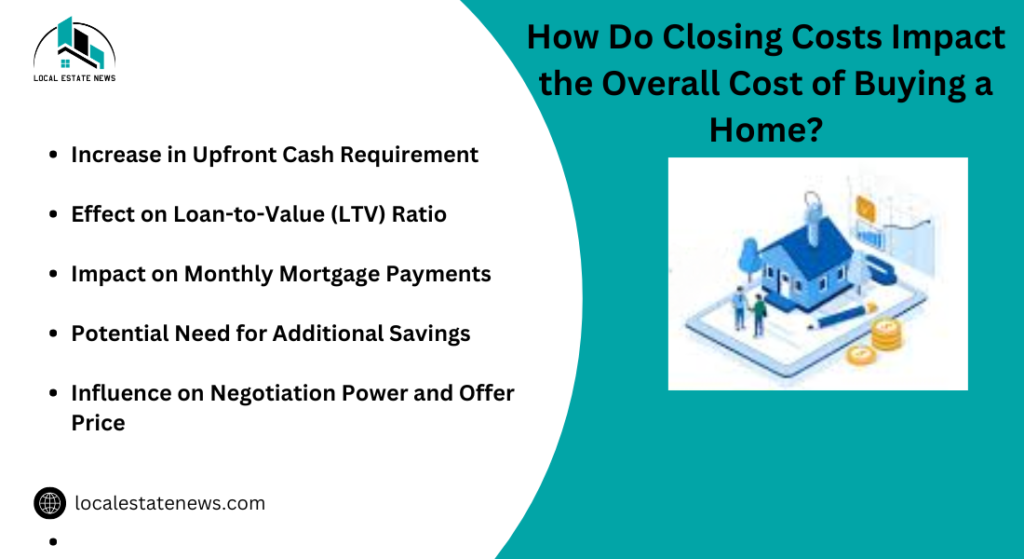
What Documents Should I Review Before Closing?
Reviewing the key documents before closing is essential to ensure a smooth and transparent transaction. The most document is the Closing Disclosure, which outlines the final terms and costs of the loan. By law, lenders must provide this document at least three business days before closing, giving buyers time to review and compare it with the initial Loan Estimate to check for any discrepancies.
Other important documents include the Promissory Note, which details the amount owed, interest rate, and repayment schedule, and the Deed of Trust or Mortgage, which secures the loan with the property, the Initial Escrow Statement outlines the estimated costs for taxes and insurance that the lender will manage through an escrow account.
What Is the Role of Title Insurance in Closing Costs?
Title insurance plays a crucial role in protecting both the buyer and the lender from potential legal issues related to the properties ownership. There are two main types of title insurance: the lenders policy and the owners policy. The lenders policy is mandatory and protects the lenders interests, while the owners policy, which is optional but highly recommended, protects the buyers interests.
The cost of title insurance can vary but is generally a one-time fee paid at closing. This insurance ensures that if any title defects, such as liens or ownership disputes, arise after the purchase, the insured parties are protected against financial loss. Understanding the importance of title insurance and ensuring it is included in the closing costs can prevent significant legal and financial issues down the road.
What Are Prepaid Costs and How Do They Affect Closing Costs?
Prepaid costs are expenses that the buyer must pay upfront at closing and include items such as property taxes, homeowners insurance, and mortgage interest. These costs are not fees but advance payments for services that will be used in the future. For instance, homeowners insurance premiums are prepaid for the first year, and property taxes might be prepaid to ensure they are covered until the next billing cycle.
Escrow account managed by the lender, who will then use the funds to pay the bills on behalf of the homeowner. Understanding and budgeting for these prepaid costs is essential, as they can significantly increase the amount needed at closing. By being prepared for these expenses, buyers can avoid last-minute financial surprises and ensure a smoother closing process.
How Can Understanding Closing Costs Impact Your Home Buying
Experience in the Real Estate Market? and managing closing costs is a aspect of the home buying process, particularly in the real estate market. These costs, which range from 2% to 6% of the homes purchase price, cover a variety of necessary services such as loan origination, appraisal, and title insurance. By planning ahead and using tools like closing cost calculators, buyers can better estimate and prepare for these expenses.
Financial preparation involves not only saving early but also carefully reviewing documents such as the Loan Estimate and Closing Disclosure. These documents provide detailed breakdowns of all anticipated costs, allowing buyers to address any discrepancies and avoid last-minute surprises.
Negotiating with sellers for concessions:
and shopping around for service providers can also help reduce overall costs.
And conclusion, thorough knowledge and proactive management of closing costs can significantly ease the financial burden of buying a home. By being well-informed and prepared, buyers can navigate the closing process more smoothly and ensure a successful transaction in the real estate market.



